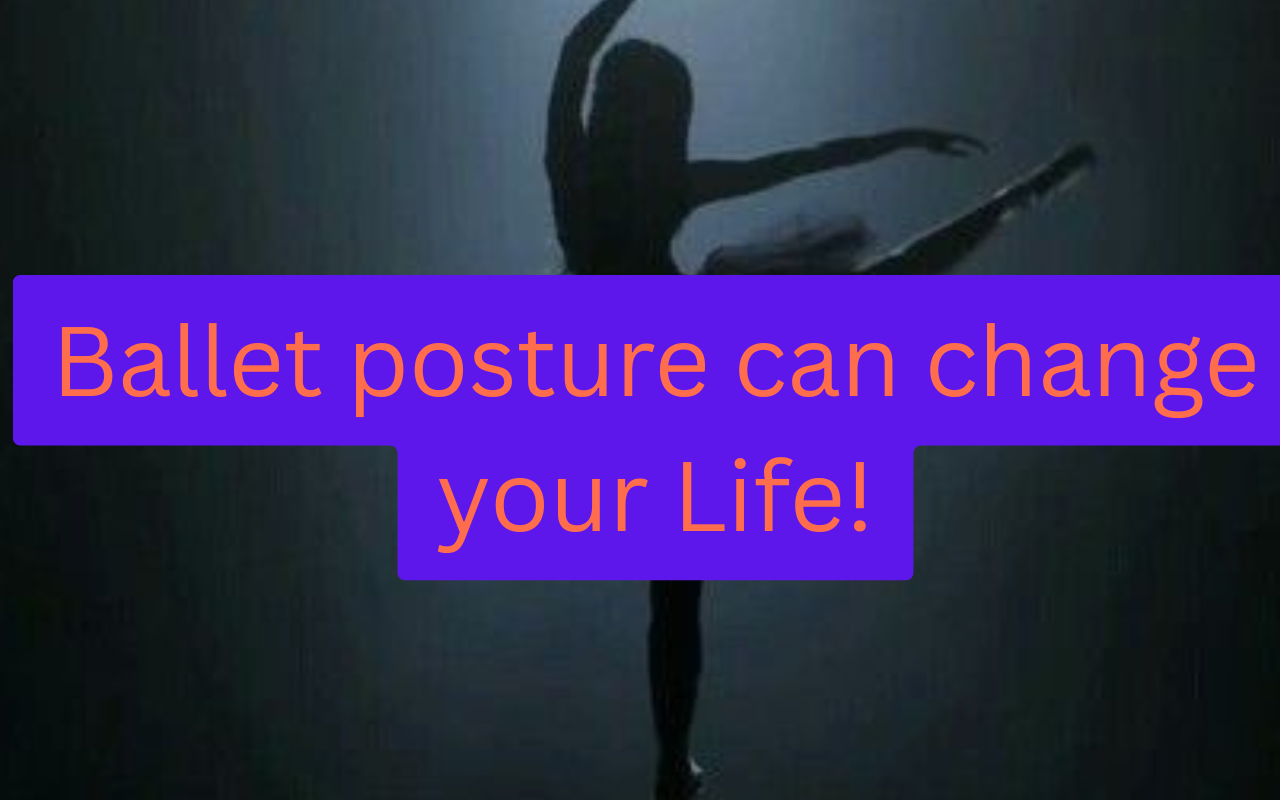Ballet is not just an art form; it’s also a discipline that teaches awareness, strength, and elegance of movement. While many people associate ballet posture only with the stage, the truth is that its principles can profoundly enhance everyday life. From the way you walk into a room to how you sit at your desk, adopting ballet-inspired posture can transform not just your body alignment, but also your confidence and presence.
Why Ballet Posture Matters
Ballet posture is built on a foundation of spinal alignment, core engagement, and lifted presence. According to the Cleveland Clinic, proper posture supports the spine’s natural curves, reduces strain, and improves breathing. When we align ourselves as dancers do, we minimize tension in the neck and shoulders and cultivate a stronger, more resilient core.
Everyday Benefits of Ballet Alignment
- Confidence and Poise – Standing tall with shoulders open projects self-assurance. Harvard Health notes that posture can influence how others perceive us and even affect our own mood.
- Better Breathing – Ballet emphasizes an open chest and lifted sternum, creating more space for the lungs to expand fully.
- Reduced Back and Neck Pain – Proper spinal alignment helps distribute weight evenly and prevents the chronic discomfort associated with slouching.
- Enhanced Body Awareness – Practicing ballet posture develops proprioception (awareness of your body in space), which helps in everything from walking in heels to practicing yoga.
Practical Tips to Bring Ballet Posture Into Daily Life
- Standing: Imagine a string pulling you up from the crown of your head. Keep your chin parallel to the ground, shoulders relaxed but open, and core gently engaged.
- Sitting: Choose a chair where your feet rest flat on the ground. Sit on your sit bones (not the tailbone), elongate your spine, and avoid collapsing into the lower back.
- Walking: Lead with your sternum, not your head. Allow your arms to swing naturally, with shoulders stable and relaxed.
- Breathing: Practice rib cage expansion. Place hands on the side of your ribs, breathe deeply, and feel them widen — this encourages ballet’s signature open chest.
- Micro-Moments of Practice: While waiting in line, brushing your teeth, or cooking, do a quick posture check: shoulders down, spine long, core engaged.
The Grace Effect
What begins as a physical adjustment quickly becomes an energetic one. Carrying yourself with ballet-inspired posture doesn’t just prevent pain — it sends a message of presence, elegance, and quiet strength. Over time, these small shifts can transform how you feel in your body and how the world responds to you.
Sources
- Harvard Health Publishing — www.health.harvard.edu
- Cleveland Clinic — my.clevelandclinic.org
- The Washington Post — www.washingtonpost.com
In the world of ballet, posture is more than physical alignment—it’s an embodiment of grace, awareness, and presence. Yet the beauty of this discipline lies in its subtle power to ripple out of the studio and into our daily lives. Here’s how the elegance learned at the barre can transform how you carry yourself in the world.
The Foundations of Ballet Posture
Ballet’s technical core is built on alignment, core engagement, and mindful movement. Dancers are taught from day one to align head, shoulders, and hips vertically, without stiffness—creating a sculpted, natural stance that becomes second nature Wikipedia.
This alignment is supported by a “pull-up” effect—imagine a string lifted from the top of your head—resulting in an internal lift that radiates through posture and presence Allurevsaworld.com.
Strength, Awareness, and Balanced Presence
The core is the silent hero: deep abdominal muscles, obliques, and pelvic floor act as a living corset, holding the spine erect and strong—even under stress vsaworld.com. Ballet movements like pliés and tendus reinforce this core engagement and train the muscles supporting posture, creating an elegant lift that persists offstage Ballet Fusion+1.
Shoulders slide down and open the chest, while the neck lengthens—techniques consistently reinforced in ballet classes by masters AllureBallet Fusion. Even the feet—the foundation of posture—become stronger through relevés and foot-control exercises, creating stability rooted in the ground up vsaworld.com.
Grace That Radiates Into Daily Life
Ballet isn’t merely physical practice—it’s embodied confidence. The habitual poise developed in class, with the shoulders lifted, core engaged, and gaze forward, naturally transfers into how one navigates the world poised paths | blogManometcurrent.
One dancer reflects in everyday terms:
“Ballet is honestly one of the best things you can do to improve posture! … if you are being corrected by a knowledgeable teacher, … you’ll find yourself correcting your posture throughout the day.”
Another recalls the unmistakable presence:
“Posture. Ballet dancers have excellent posture and that stays with you. People could call me as a ballet dancer from a mile away because of my posture.”
Practical Ballet-Inspired Tips for Everyday Grace
You don’t need pointe shoes to embrace ballet’s benefits. Here are wearable habits you can weave into daily life:
- Visualize your “string” lift: Let posture gently rise from the crown of your head, energizing your spine.
- Engage your core: Gently draw in your lower abdomen, supporting yourself with intention—like a natural corset.
- Open the chest: Roll shoulders down and back, imagining you’re carrying a delicate cape on your shoulders Allure.
- Step with awareness: Begin every walk from your feet—the ballet foundation is movement from the ground.
- Pause and self-correct: Use mirrors or subtle reflections to nudge your shoulders, gaze, or neck into alignment when needed.




